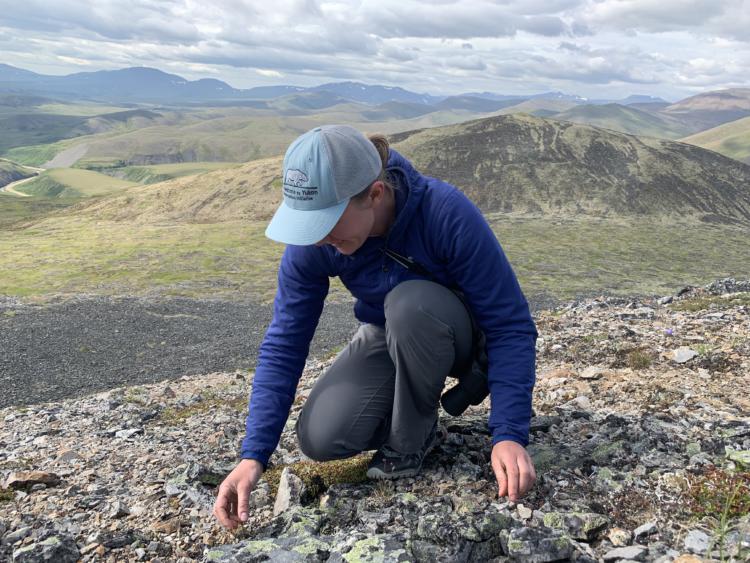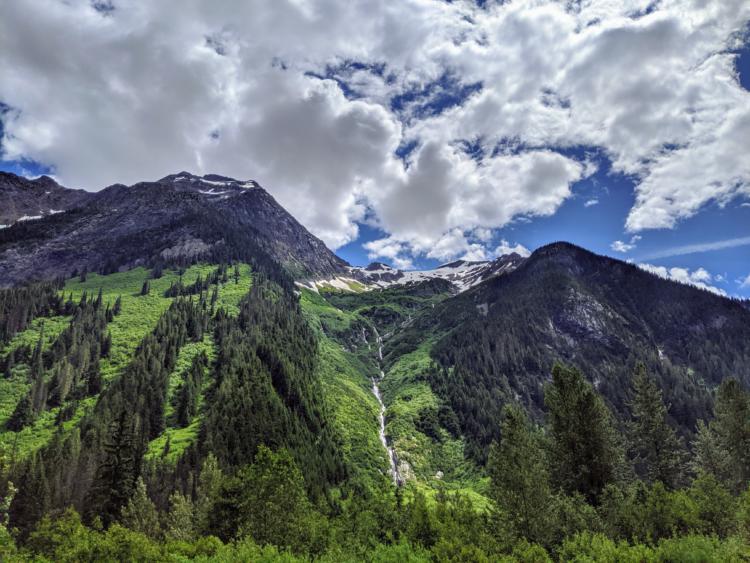Canada is 9.985 million square km, stretching from the Pacific to the Atlantic to the Arctic Oceans. We’re the second largest country in the world. We have boreal forests and Rocky Mountains, prairies and rugged coastlines. Both beauty and biodiversity are remarkably varied from sea to shining sea.
So when the federal government committed to protecting at least 17 per cent of that land and inland water by December 2020, and subsequently 25 per cent by 2025, and 30 per cent by 2030, it raised some critical questions.
Just what places should be protected? What does protection mean? And ultimately, how do you decide what should be saved in the face of increasing human pressure on Canada’s landscapes?
Those are questions that Dr. Aerin Jacob at the Yellowstone to Yukon Conservation Initiative, Dr. Matthew Mitchell at the University of British Columbia, and fellow researchers struggled with when they served on a 2017 ‘expert task team’ providing information about biodiversity and ‘ecosystem services’ (the benefits that people get from nature) for the Pathway to Canada Target 1 process (with the goal that by 2020, at least 17% of terrestrial areas and inland water, and 10% of marine and coastal areas of Canada be conserved through networks of protected areas and other effective area-based measures).
“We thought that the world’s second largest country, Canada — known internationally for forests and water and all kinds of benefits that people get from nature— surely has mapped and measured some of these things. And we were surprised that we couldn’t find it,” Dr. Jacob recalls. “These are things on which decisions are made. We really care that governments at all levels use good information.”
Knowing there was this gap, a group of academic and NGO researchers teamed up to model and map Canada’s most important places for freshwater, carbon storage, and nature-based outdoor recreation. Assessing the ‘natural capital’ spaces that benefit humans in several key ways can give more incentive to governing bodies to protect those places.

“One of the reasons that this research is different is because we connected both where nature supplies benefits and where people need or access them. Together, that shows where the provision of benefits occurs,” Dr. Jacob explains. “Making sound decisions about land use and conservation includes having solid information about where our benefits from nature really come from.”
Dr. Mitchell elaborates: “At the same time that natural places and biodiversity in Canada are increasingly under threat, Canadians are demanding more of the benefits that natural areas provide. By identifying places that are important for multiple benefits, it provides added weight to protect those places.”
Historically, conservation efforts have often focused around saving one particular area, or one species at risk. But the researchers point to the benefits of looking at these landscapes, and species, in a larger picture.
“More and more, we’re seeing the benefits of a broader, holistic approach. One that combines our understanding of nature, people, and interactions between the two, and identifies places where these interests overlap,” Dr. Mitchell explains. Finding those common themes among wildlife and water, carbon, recreation, and other benefits can help unite us when making conservation decisions.

The team’s research was published ‘open access’ in January, and the reaction has been extremely positive, from multiple levels of government and conservation groups to media interest and the general public.
“It’s an exciting time. And we all need to push for information like this to be used. It’s time for ambitious conservation action,” says Dr. Jacob. “There’s a lot of hard work to be done. We know this [protecting nature] is required to stop biodiversity loss and address climate change — for so many of the big problems that we’re facing as a society. So much of it boils down to our relationship with nature and our relationships with each other. This is a huge opportunity to do the right thing.”
Drs. Jacob and Mitchell presented some of their findings, with particular focus on British Columbia and conservation options, at a webinar on Thursday, April 8. Hosted jointly by Y2Y and Wildsight, the one-hour presentation and Q&A explored the research that mapped Canada’s most important places for freshwater, carbon storage and nature-based outdoor recreation, and zoomed in on one of BC’s major hot spots.


